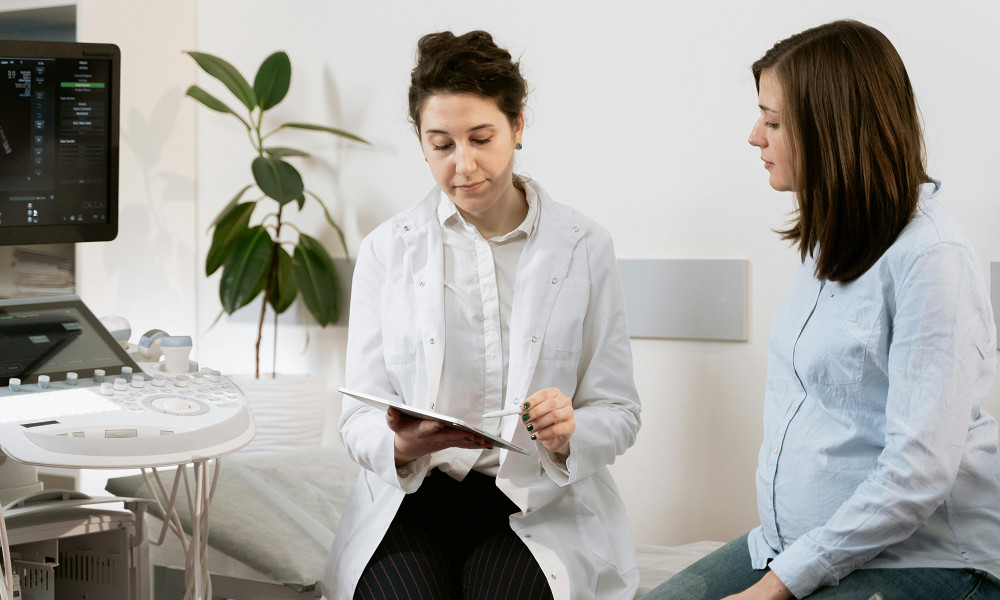Reviews
How IUD Insertion Works and What to Expect

When you’re looking at birth control options, an intrauterine device, or IUD, usually stands out because it lasts for years and works well. Even so, it’s common to feel nervous about the idea of having one put in because the word “insertion” sounds a bit daunting. This article will help you understand how the process works, what you’ll feel during and after, and how the experience becomes a lot less intimidating.
As you weigh different options, it may also help to consider how certain choices affect overall well-being, since some people need to think about birth control with migraines when deciding which method will be the most comfortable and sustainable.
What An IUD Is
An IUD is a small T-shaped object that stops the sperm from reaching an egg in different ways, depending on the type. The hormonal version gradually releases hormones that cause the cervical mucus to thicken, whereas the copper IUD alters the way sperm swim so fertilisation can’t take place. Both are highly effective and, depending on which you go for, may last anywhere from three to 10 years.
Getting Ready for the Appointment
Before you receive an IUD, your doctor will discuss your medical history and both types of IUDs with you before you get one. Occasionally, you may require an STI test or even a rapid pregnancy test, just to be sure before performing the procedure. Doctors usually recommend eating something light before the appointment, since the appointment can cause some women to feel faint if they haven’t eaten.
What Happens During Insertion
Patients get on the exam bed and lie down, and the doctor will put a speculum in; that’s the same thing they use when you get a pap smear, and the vagina opens gently. The cervix is cleaned, and then a slender tube is introduced to slide the IUD into place. To any of the women, the pain would be so intolerable that you would curl up to make it stop, and some would be hysterical, exaggerating the pain.
Easing the Discomfort
Take note that it is not uncommon to have some cramping or discomfort during and after the procedure. For many, it’s enough that some experts suggest popping ibuprofen an hour before the appointment to dull the edge. You may then have some light bleeding or spotting, which tends to go away after a few days. A heat pack and asking your body to chill out may go a long way for you in making an adjustment.
Why Women Choose an IUD
Depending on the kind, it can last anywhere from three years to an entire decade, making it one of the longest-acting reversible options available. And when you are ready to try for a baby, fertility returns quite fast once removed. Able to have the best of all worlds when it comes to long-term reliability and the freedom to stop whenever you’re ready is one of the big reasons why more women are doing this.
Potential Side Effects to Watch Out For
Keep in mind that the first months of carrying an IUD may change bleeding patterns for many women. You may find you cramp a bit in the beginning, but it often gets better as your body adapts. There can be rare problems, like infection or displacement of the device, for instance. But that is the reason follow-up checks are important, because your doctor will track your progress to keep everything on course.
Managing the Emotional Side
And it’s about more than the purely physical aspect of iud insertion; how you feel about it is just as relevant. Being anxious about the fear of pain is very normal, but in truth, the procedure is pretty quick, and the doctors who do it are trained to make it as uneventful as they can. Don’t forget that having an open and clear conversation with your doctor is a great way to put some of your anxiety at ease.
Know More About IUD Insertion For Better Understanding
The IUD is, of course, a personal choice, so it helps to go in understanding what’s good about it, as well as the process of getting one. Once you know what the appointment entails, what insertion feels like, and what changes you can anticipate afterwards, you will feel more at ease. With some preparation and support, getting your IUD fitted can be a fairly simple step towards reliable, stress-free birth control.

-

 US News4 days ago
US News4 days agoJetBlue flight diverts to Tampa after altitude drop injures at least 15
-

 US News1 week ago
US News1 week agoUnwarned tornado suspected in Fort Worth as storms cause damage and power outages
-

 World1 week ago
World1 week agoU.S. Navy helicopter and fighter jet crash in South China Sea; all crew rescued
-

 Legal1 week ago
Legal1 week agoMultiple injured in shooting at Lincoln University in Pennsylvania
-

 World1 day ago
World1 day agoStrong 6.3 earthquake strikes northern Afghanistan; felt across Pakistan
-

 World2 days ago
World2 days ago10 people stabbed on train in Huntingdon, England
-

 World1 day ago
World1 day agoProtesters storm government building in Mexico after killing of local mayor
-

 US News5 days ago
US News5 days agoTrump says U.S. will resume nuclear weapons testing ‘on an equal basis’




